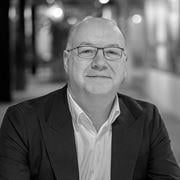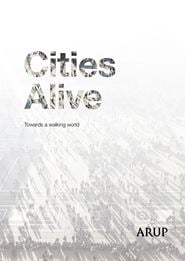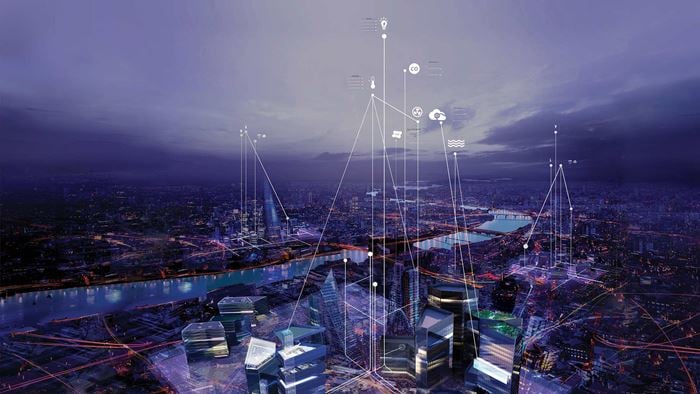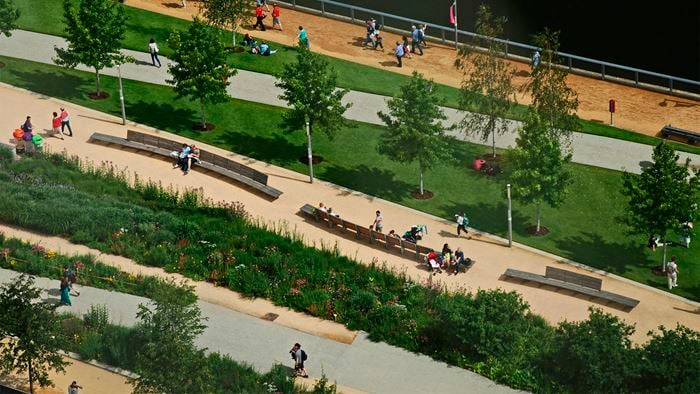Cities Alive takes a human-centred approach to rethinking how we should design and manage cities in the future. It provides an integrated focus on the experience of cities and the global challenges that are impacting the lives of everyday citizens. We recognise the importance of a city’s inhabitants and we explore the relationships between design, processes, spaces and people. Cities Alive is an invitation to collaboratively shape our urban future.
The thought-provoking series of global research and events explores the social, technological, environmental, economic and political drivers shaping future cities across the globe.
Designing for urban childhoods
Find out how a child-friendly approach to urban planning is vital for the creation of cities that work better for everyone. In Designing for urban childhoods, we explain how we can create healthier and more inclusive, resilient and competitive cities for all of us to live, work and grow up in.
Whether it is tackling population growth, climate change, air pollution or urbanisation, we are focused on exploring the issues faced by cities, based on stakeholder engagement, evidence, problem solving and research. Current areas of research include the future role and application of green infrastructure, emerging opportunities around lighting and night-time design, and a focus on city walkability.
Water for People
Cities Alive: Water for People presents an economic pathway of addressing the challenges of population growth and climate change in our cities. To move towards a more sustainable future, it is critical that cities adapt in order to address these contemporary challenges.
Discover more
With a collaboration of leading thinkers, investors, lobbyists, solutions providers and policy makers, we bring together broad-minded individuals from a wide range of disciplines. Cities Alive encourages us to look beyond the constraints of our own specialisms and to make a positive difference for people. By combining expertise in all areas of urban design, cities can become more enjoyable, more sociable, safer, healthier and easier to get around.
.jpg?h=1126&w=2000&hash=0D81B065EE485020D7AD1BB01664971E) ;
;




.jpg?mw=185&hash=A9CC3C6D64140225C5A3C499C9FA4576)






